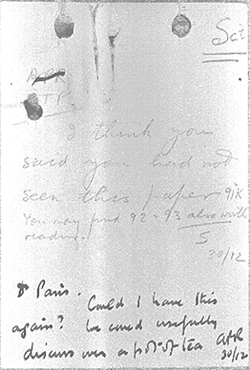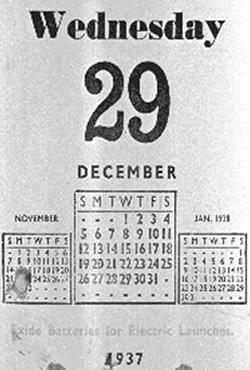Radar Recollections - A Bournemouth University / CHiDE / HLF project
|
|
After the Daventry Demonstration - Robert Watson WattRobert Watson Watt was born in Aberdeenshire in 1892. He took his Physics degree at Dundee University and joined the Meteorological Office in 1915 and was soon based at the R.A.F. establishment at Farnborough. His main responsibility was to devise methods of detecting thunderstorms. One special characteristic that might be utilized was the large quantities of electrostatic energy that is dissipated by a thunderstorm. Storm detection was considered very important because the early
aircraft were not constructed to cope with bad weather and so it
was imperative that they should have prior warning of any oncoming
stormy weather and also to know the direction of that storm. Thus in 1923, with the assistance of J.F.Herd, he managed to construct
a low-sensitivity radio direction finder that could give the direction
of an incoming storm. By 1927, he was appointed the first Superintendent
of the Radio Research Station at Slough. This unit was under the
auspices of the National Physical Laboratory. In his role as Superintendent,
Watson Watt was generally popular, considerate to his staff, always
enthusiastic and kept in close contact with the work of his team.
sought his views concerning the issues that A.P.Rowe had raised. However, there was another side to this man; his biographer (Ronald Clark)describes him as a, " blunt, outspoken, self-confident, exuberant, ambitious and devoutly patriotic man".
He was knighted in 1942, awarded the US Medal of Merit in 1946 and died in 1973. |
| |


